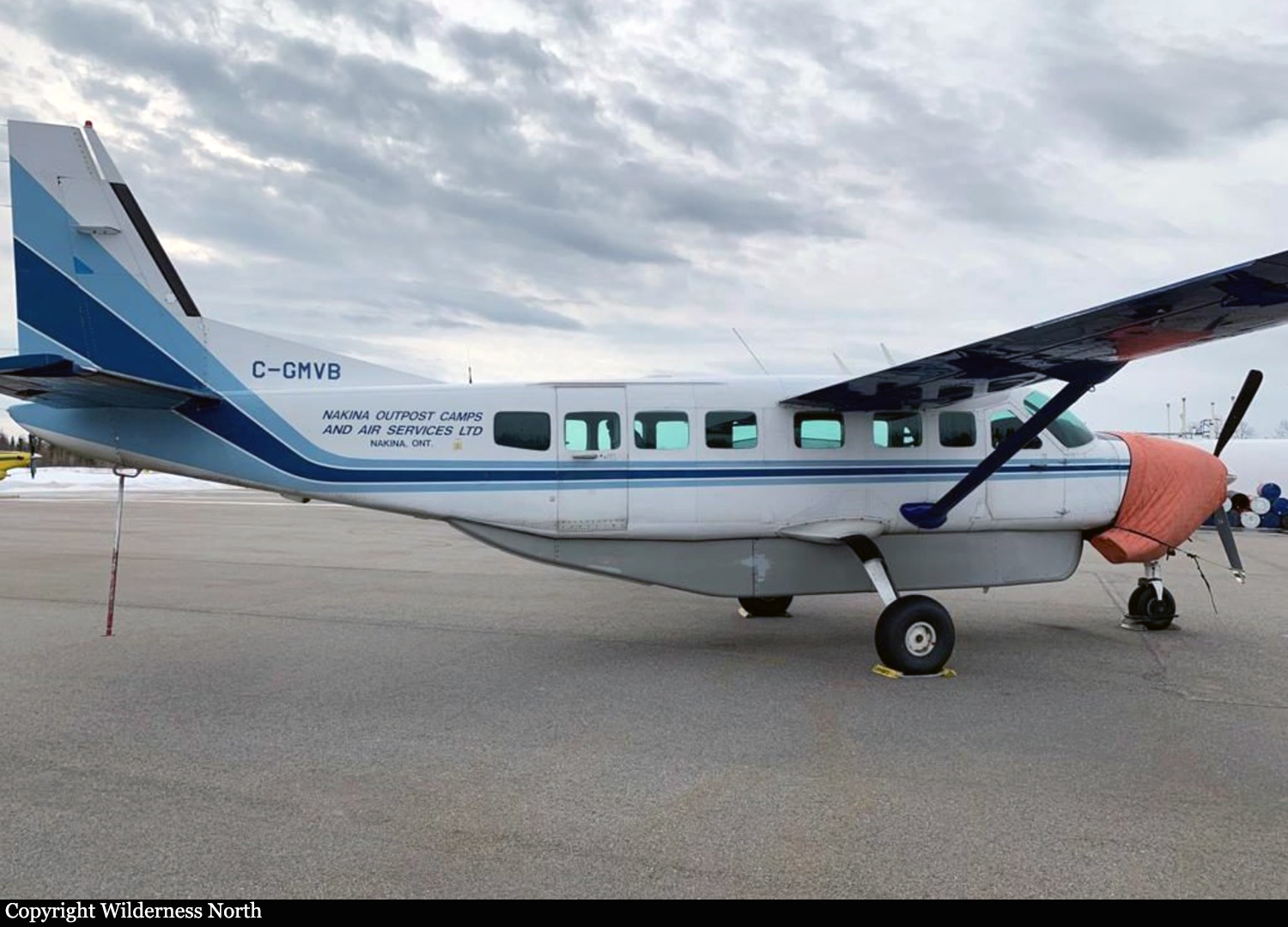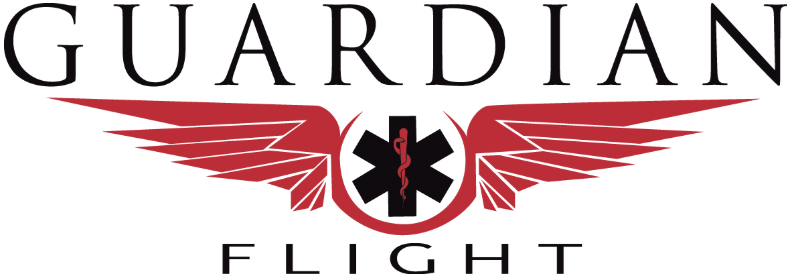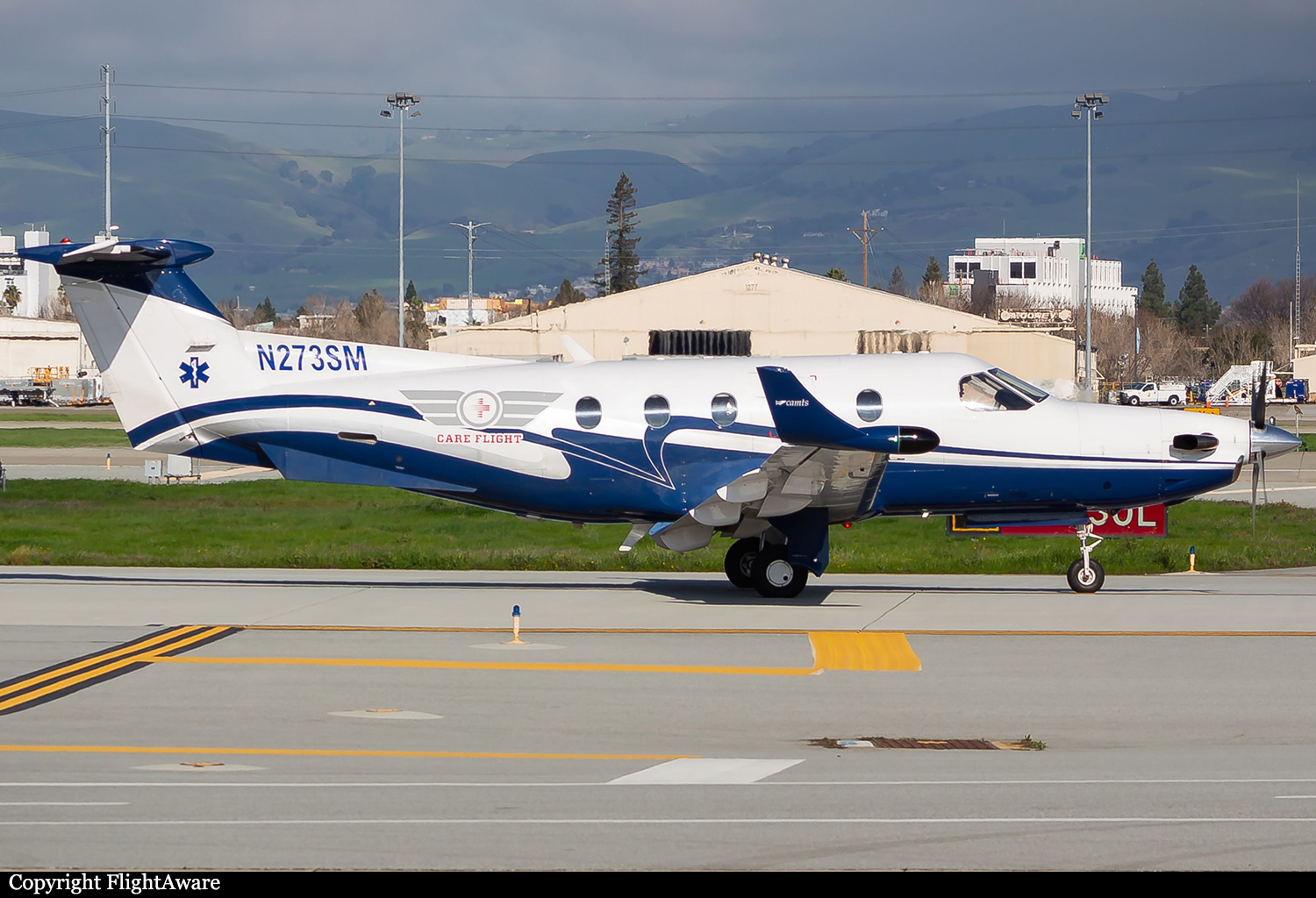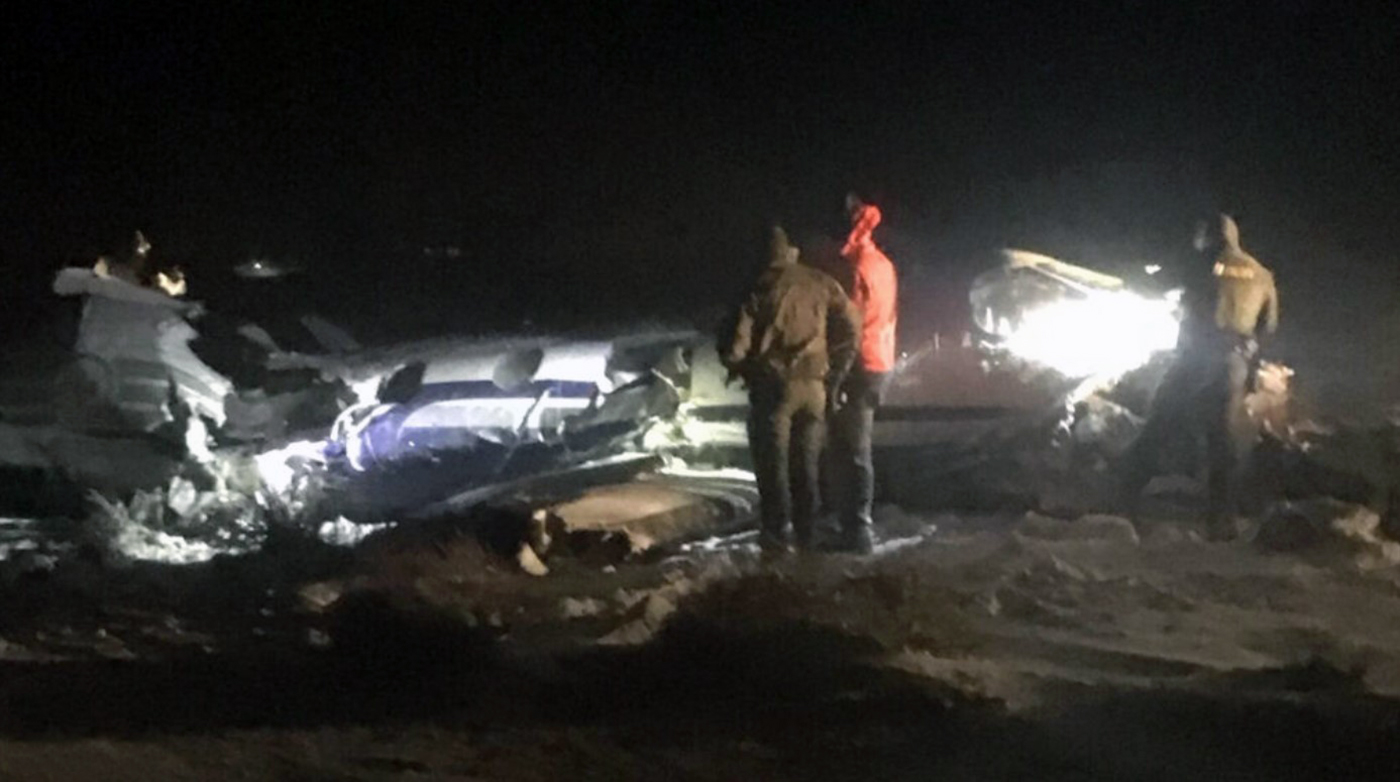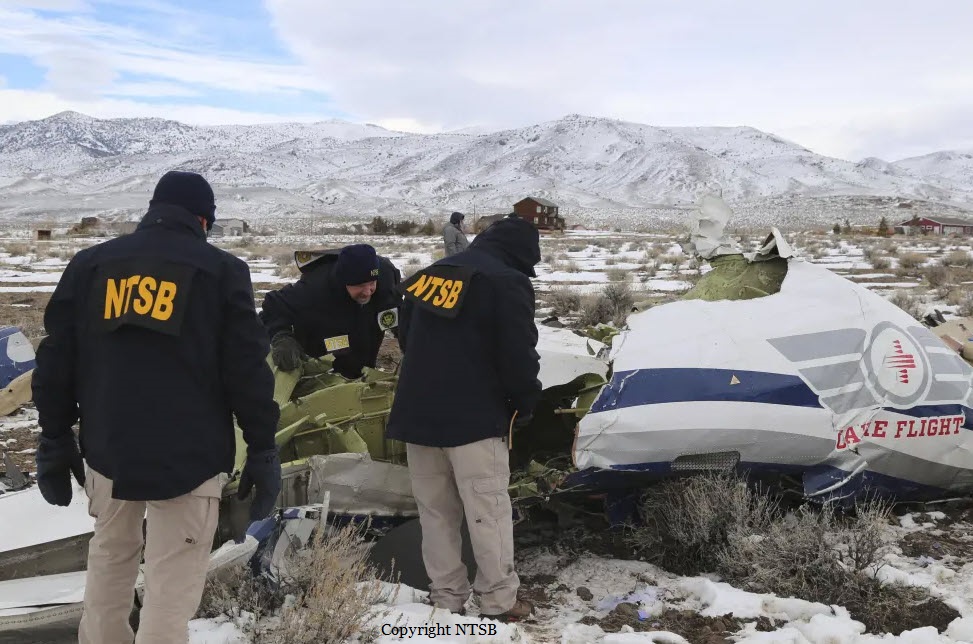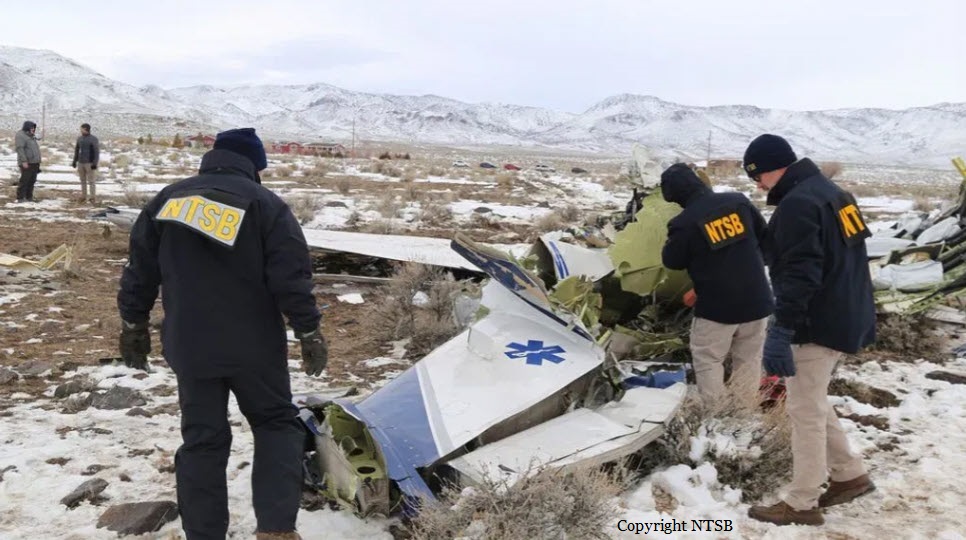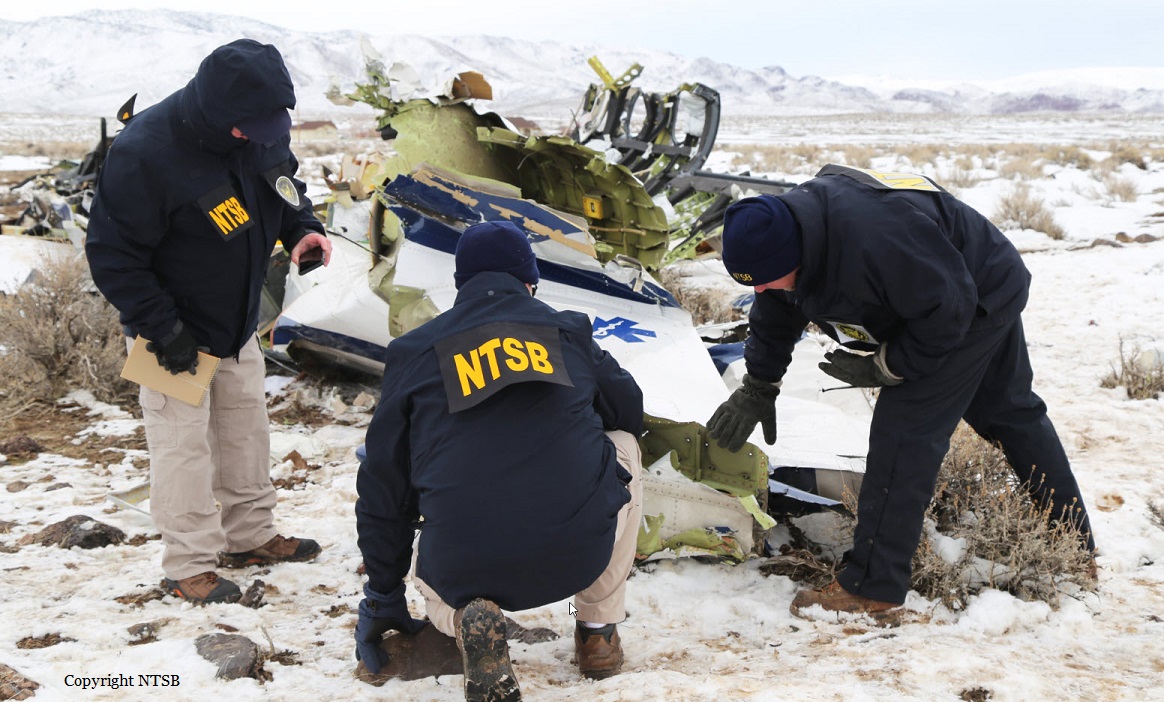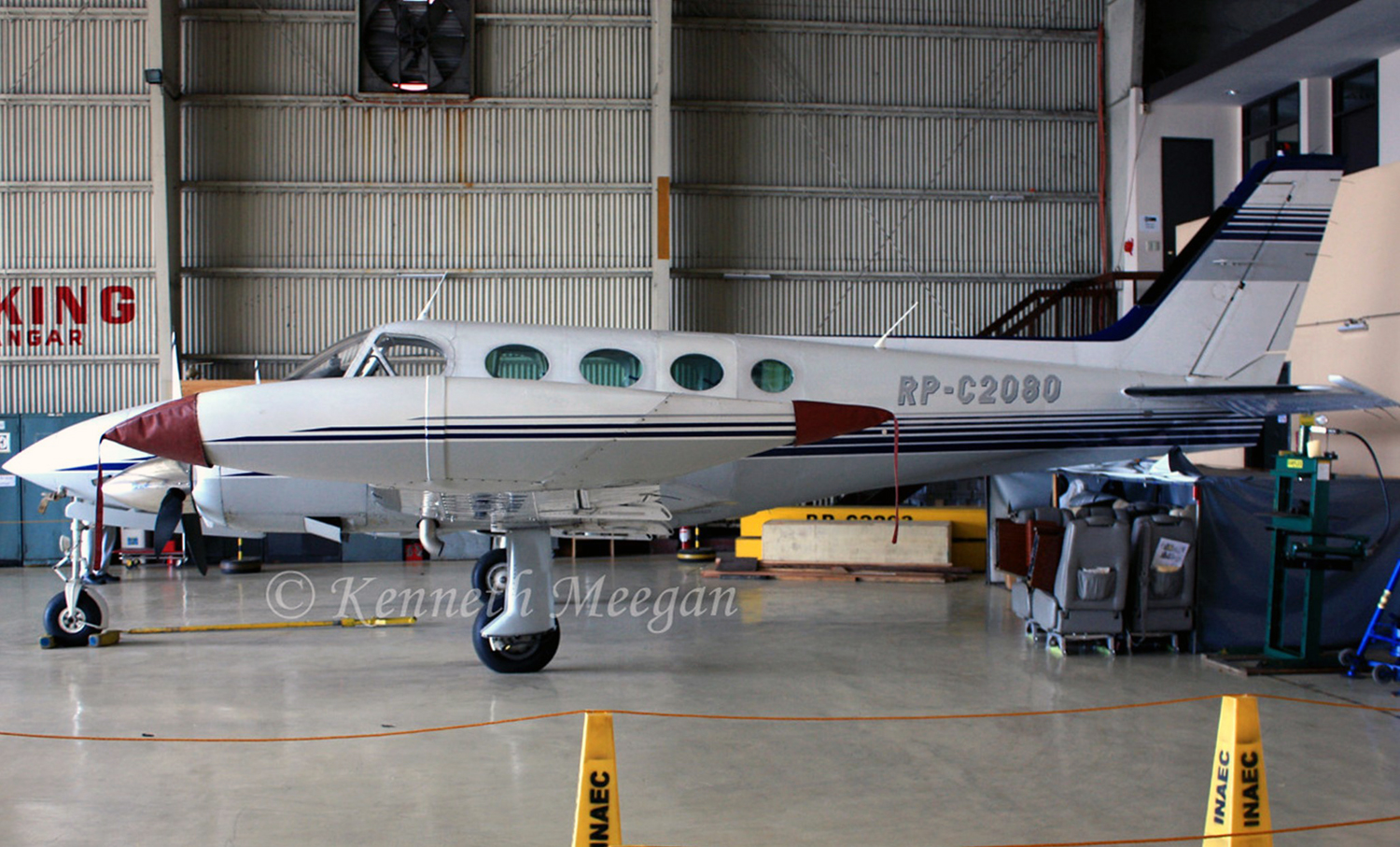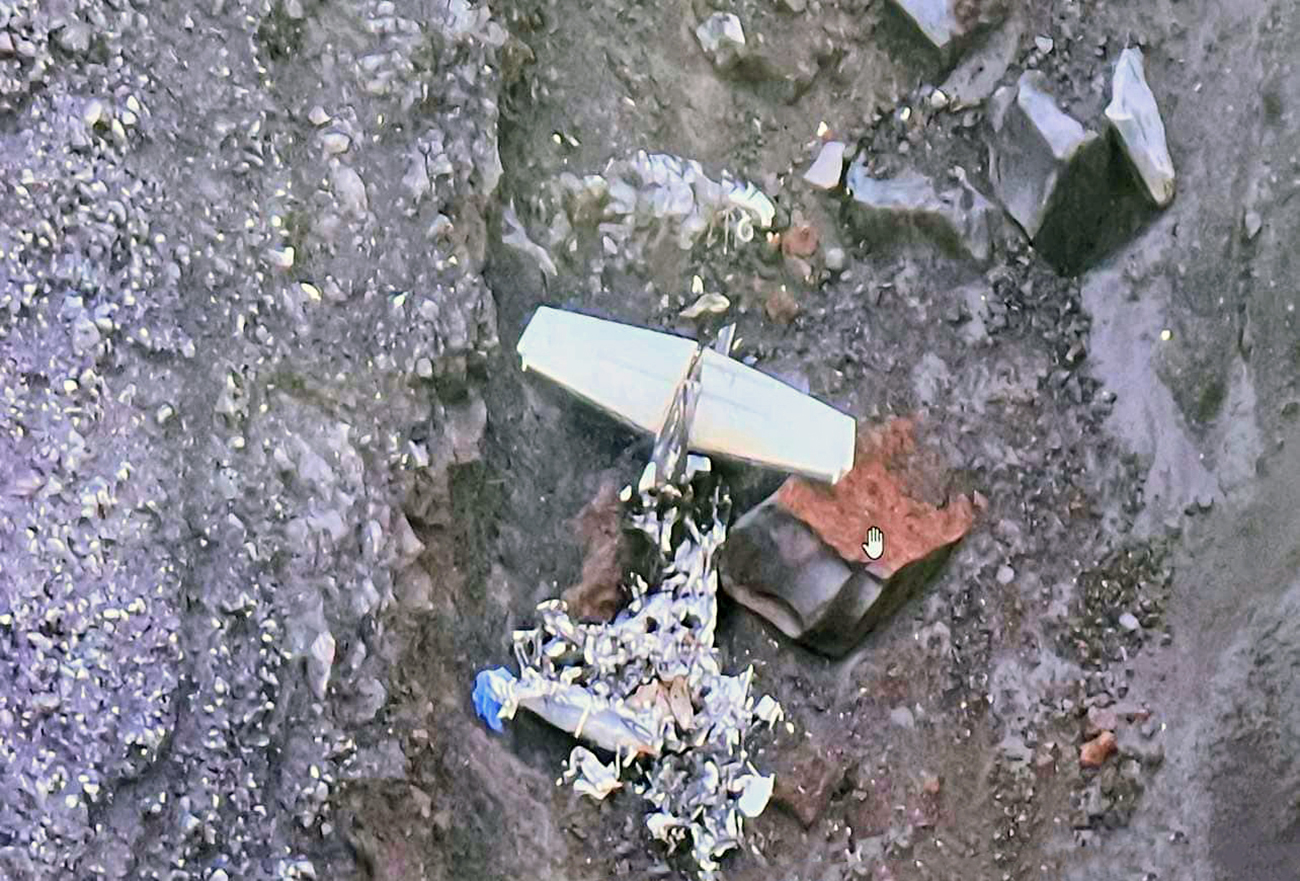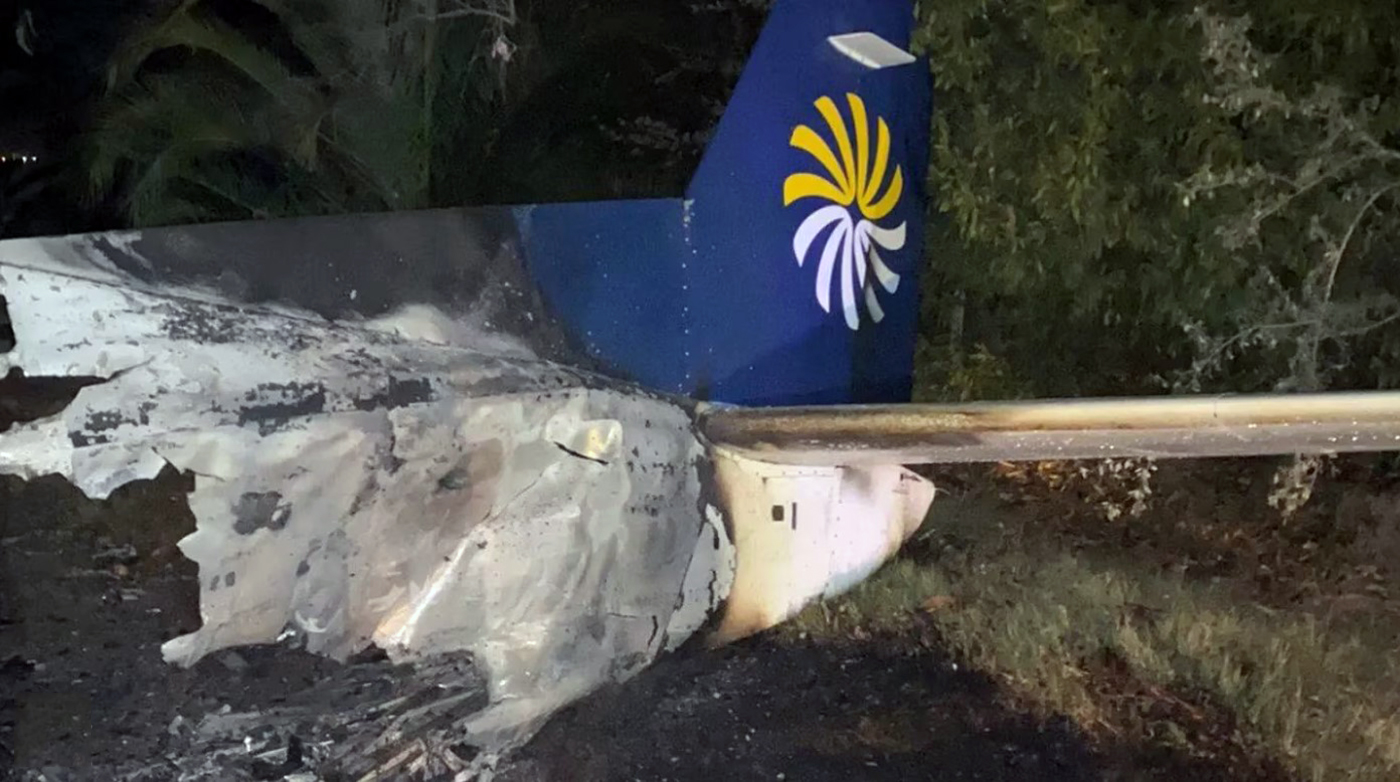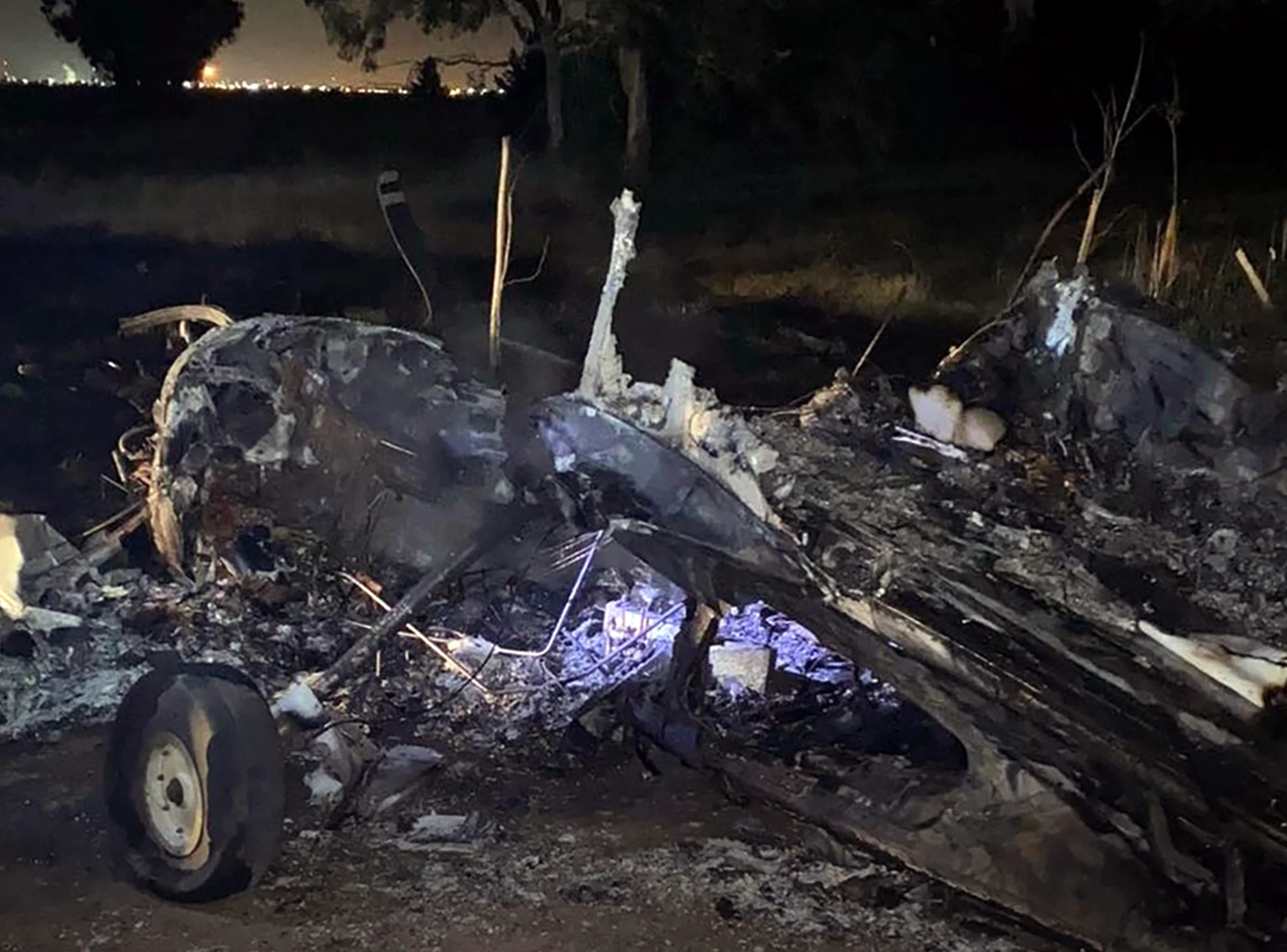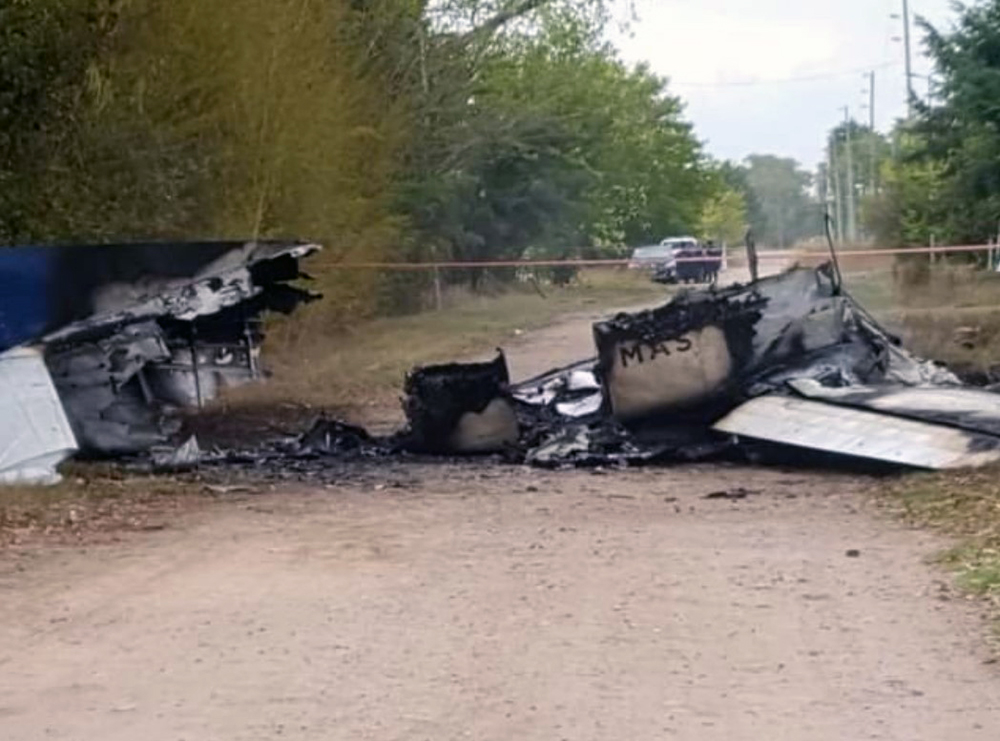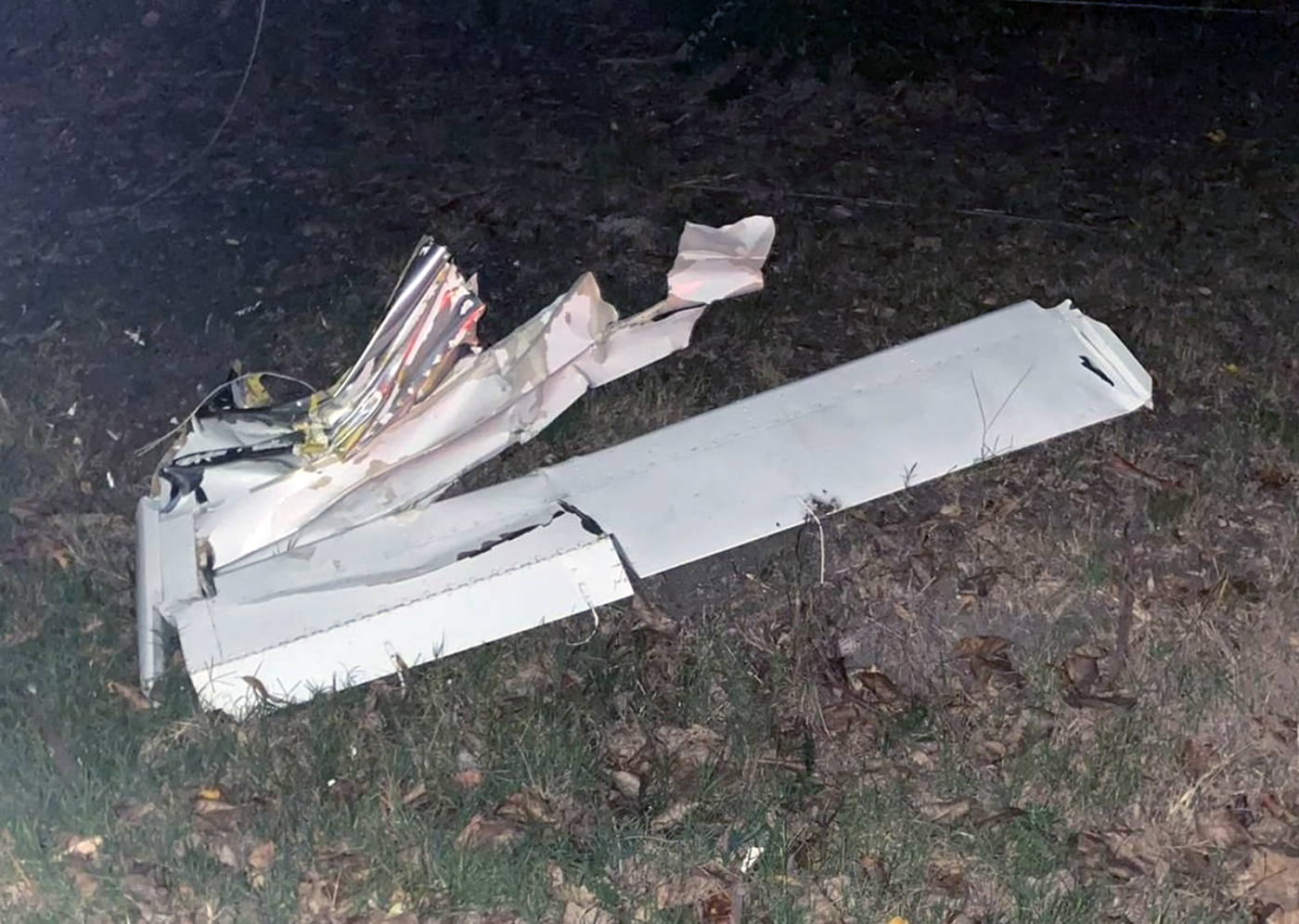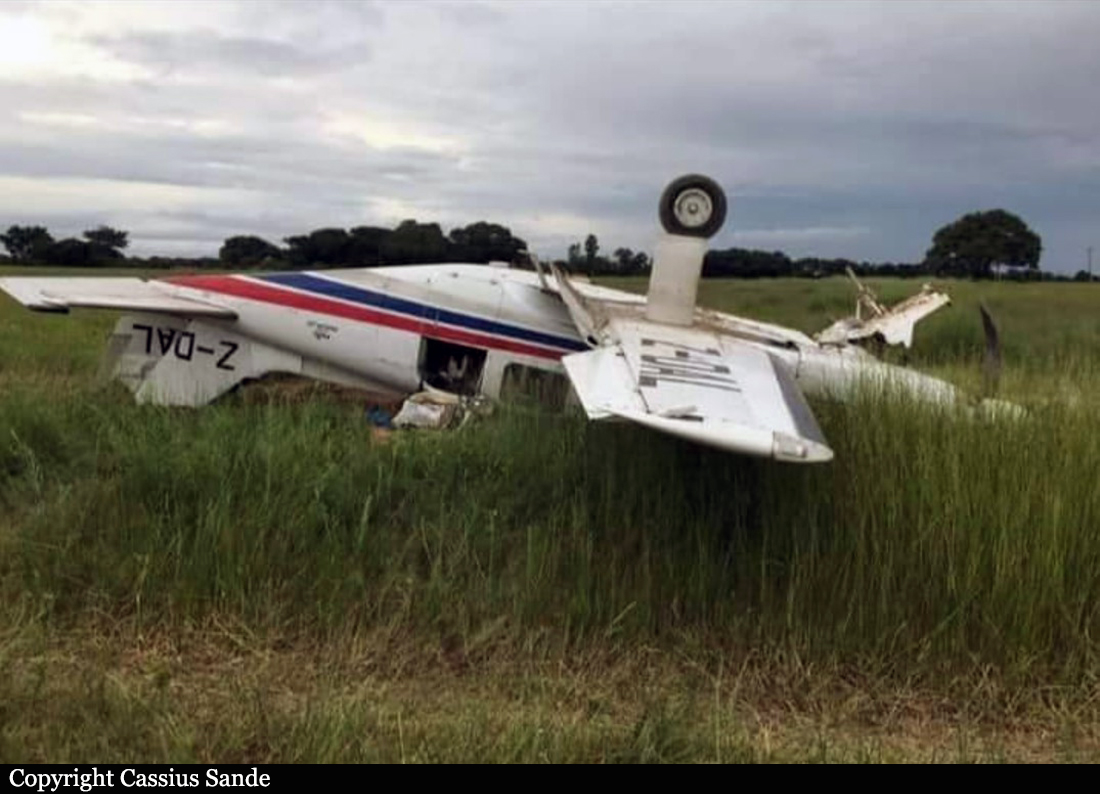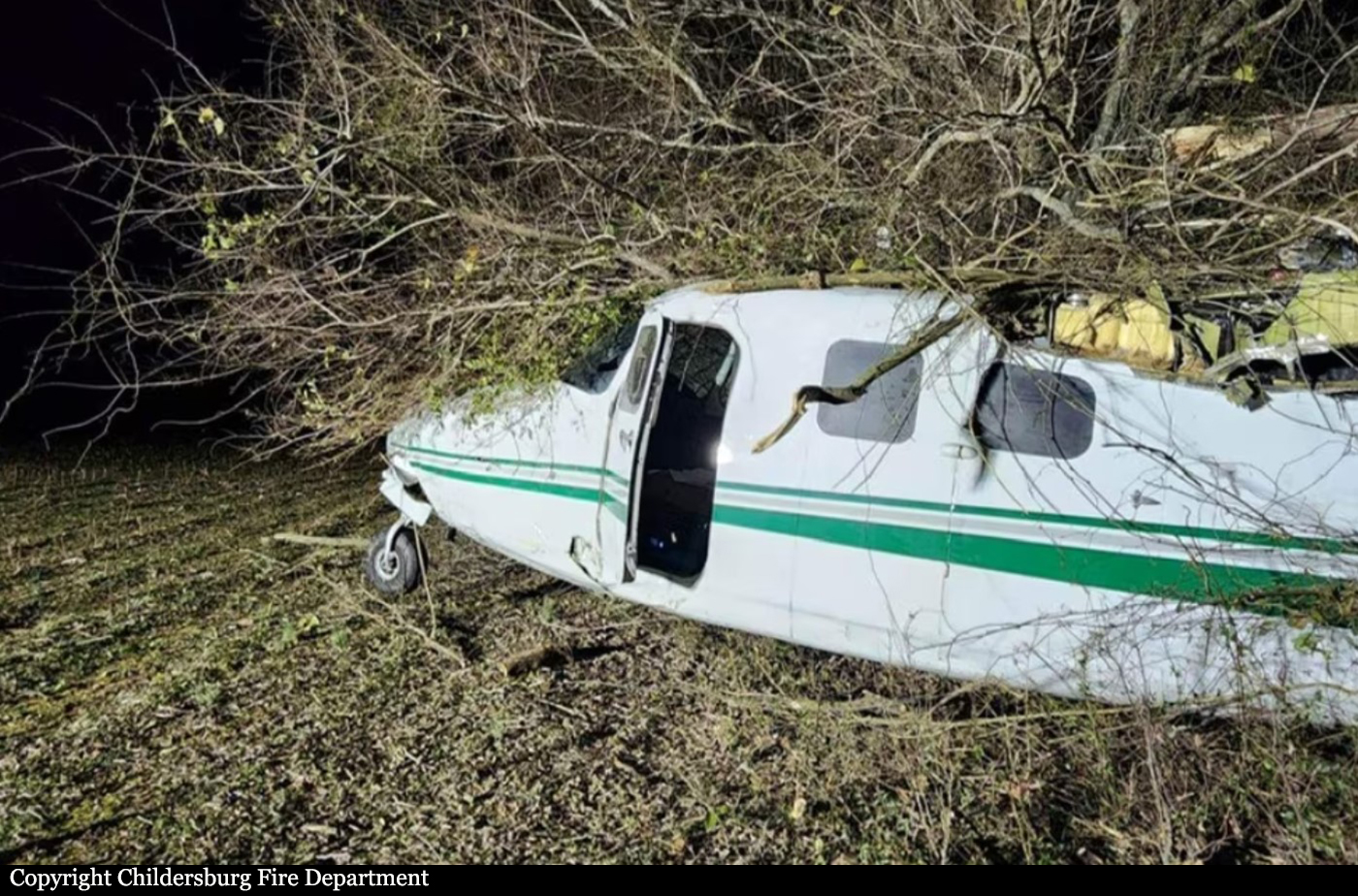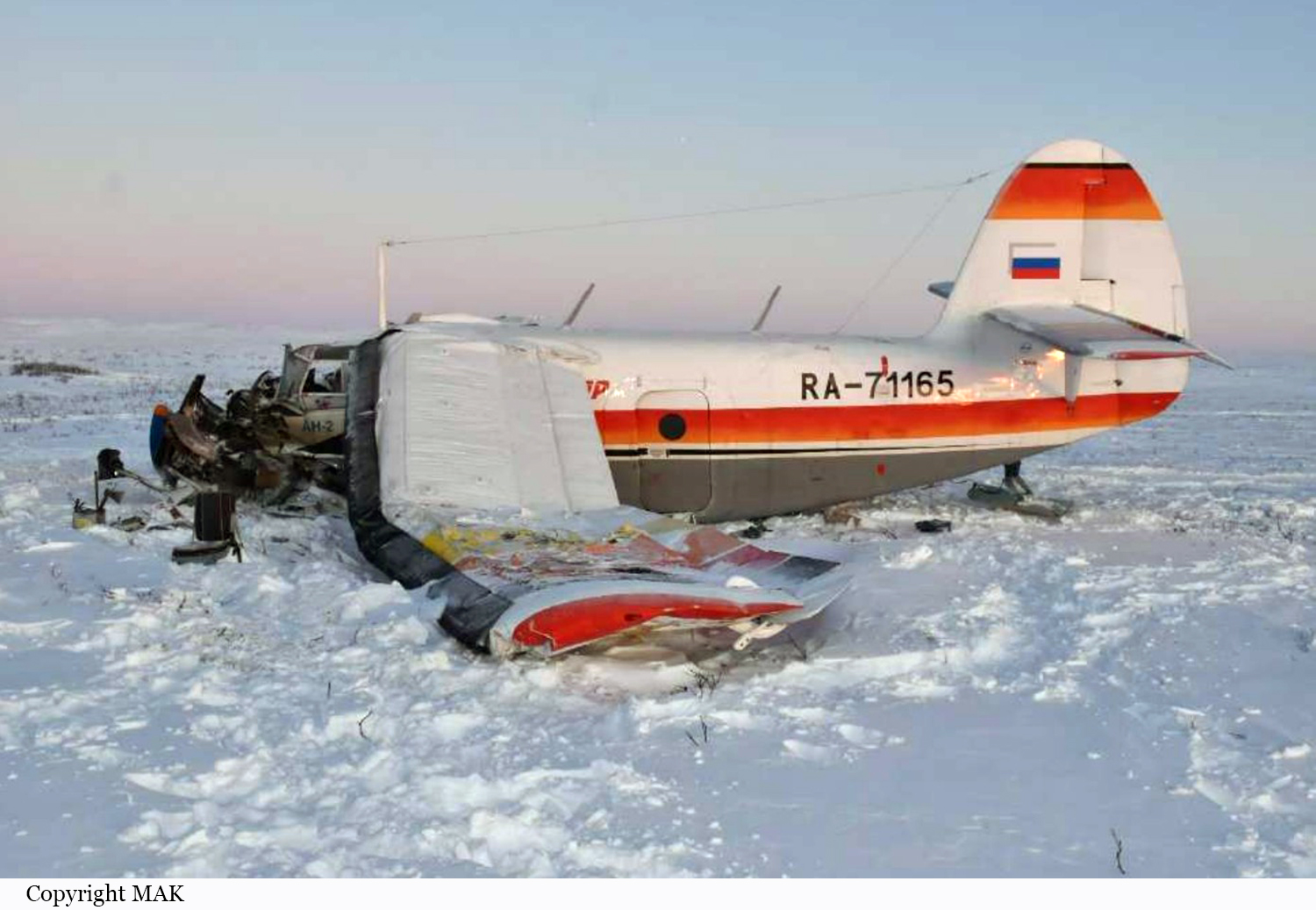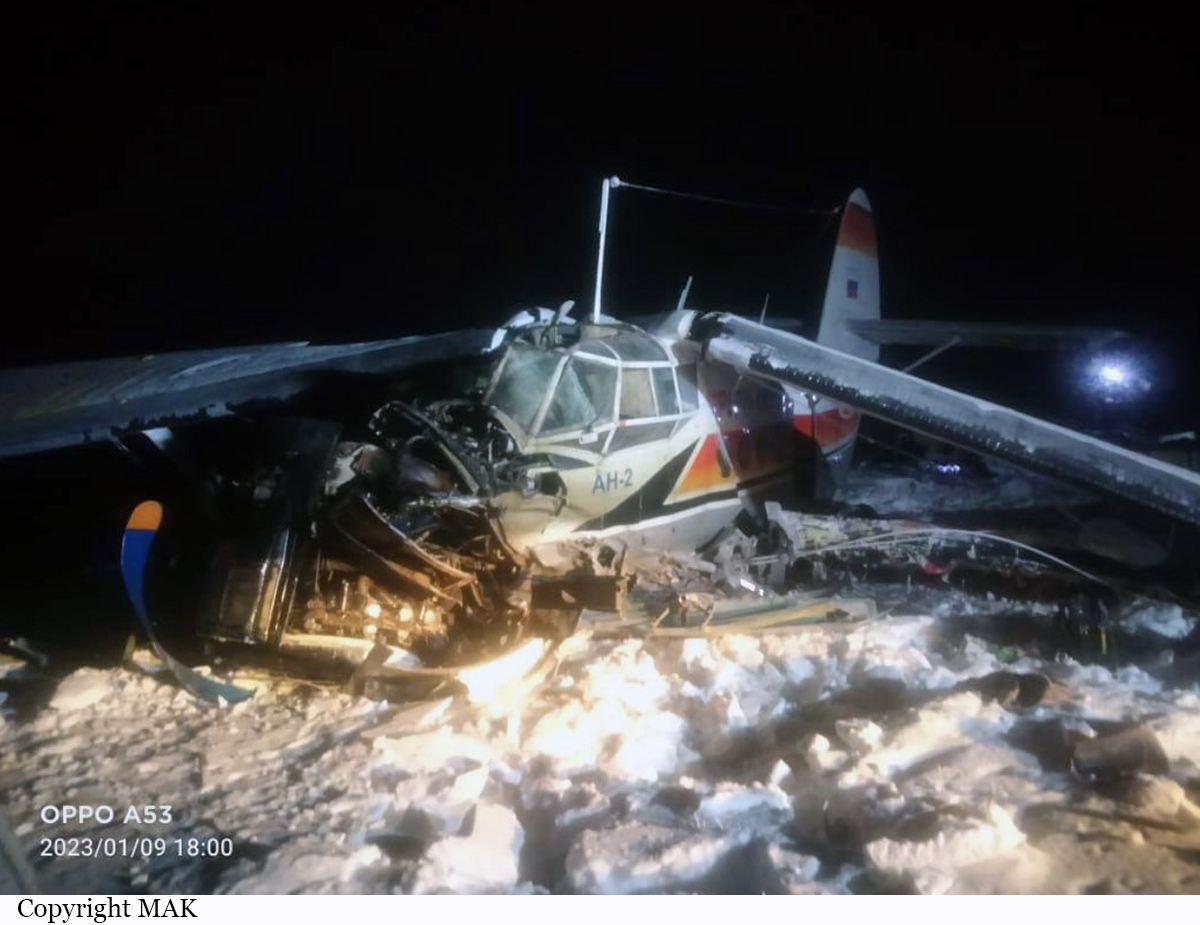Circumstances:
On 28 February 2023, the Cessna 208B Caravan (208B) aircraft (registration C-GMVB) operated by 1401380 Ontario Limited, doing business as Wilderness North Air (WNA), was scheduled for 2 cargo flights from Nakina Airport (CYQN), Ontario, to Fort Hope Airport (CYFH), Ontario. The occurrence pilot, who had recently been promoted to pilot-in-command (PIC) on the 208B aircraft, was scheduled to fly alone in daytime visual flight rules (VFR) conditions. After reviewing the weather information with his colleagues at their morning briefing, he assessed that the weather was satisfactory for the flight and noted that the winds were forecast to be gusty. A pilot who was present at the briefing but was not scheduled for flight duty that day offered to accompany him. For all flights that day, the occurrence pilot would be the PIC and occupy the left seat, and the 2nd pilot went along as an extra crew member without any assigned duties, occupying the right seat. The cargo was loaded onto the aircraft, and the 1st flight of the day departed CYQN at 1020 and landed in CYFH at 1055. After unloading the cargo, they departed CYFH at 1120 and returned to CYQN at 1156. The pilots loaded the aircraft with cargo for their 2nd flight to CYFH. According to the load sheet, there were 3320 pounds of groceries and household goods on board. The pilots refuelled the aircraft and departed from Runway 27 at approximately 1245. A few minutes after departure, it was reported that they made a radio call on the aerodrome traffic frequency, indicating their location and an estimated time of arrival at CYFH of 1330. Approximately 30 minutes after the occurrence flight departed, a 2nd 208B aircraft (registration C-FUYC) operated by WNA departed also from CYQN to CYFH, with cargo for a different customer. The flight crew encountered snow showers en route, and shortly after they arrived at CYFH at 1400, there was a snow squall, which significantly reduced visibility. At that time, 2 customers were waiting at CYFH for their cargo, and it soon became apparent that the occurrence aircraft had not yet arrived. At approximately 1430, WNA personnel at CYQN were informed that the occurrence aircraft had not arrived at 1330 as expected. At 1445, management at WNA notified the Joint Rescue Coordination Centre (JRCC), in Trenton, Ontario, that the aircraft was overdue. WNA began its own aerial search along the flight path using C-FUYC, which departed CYFH at 1510 with 2 crew members on board, flew along the direct route of flight of the missing aircraft, and returned to CYQN at 1546. They refuelled the aircraft and departed on another search flight at 1620, with 2 additional pilots in the back to act as spotters. They searched along the route of flight until 1840 and returned to CYQN. JRCC had initiated its response at 1500, and the first tasked aircraft arrived in the search area at 1700. The search continued over the following 4 days. The occurrence aircraft was found on 04 March 2023, 30.8 nautical miles north-northwest of CYQN along the direct track to CYFH. Both pilots were fatally injured. The aircraft was destroyed by impact forces. There was no post-crash fire. There was no emergency locator transmitter (ELT) on the occurrence aircraft because it had been removed for recertification.
Probable cause:
During the en-route portion of the flight, over a remote area, the pilot lost control of the aircraft for an unknown reason, which resulted in the collision with terrain.


